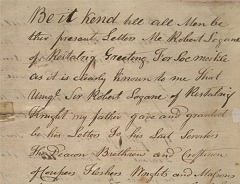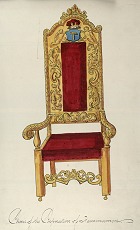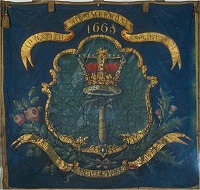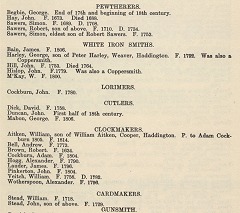Friendly Societies Home | Friendly Societies | Fraternities

Incorporations
In the early medieval period Scotland's towns or burghs were independent self-governing communities. Each had a charter issued by the Crown, a bishop or a great baron. Their charters listed their rights and privileges. Burghs were made to encourage trade and they were given freedom to exploit wide territories. In such a position it was natural that a burgh's merchants became richer than the rest of the citizens. They were often organised as a guild, so their power grew even stronger.

Sometimes, it seemed that merchants held all the power in a burgh. However, the tradesmen, craftsmen and artizans who made the goods traded by the merchants organised themselves as well. By the 14th and 15th centuries they were an organised opposition to the merchants. Each trade guild or incorporation took care to get a charter, called a 'seal of cause'. This was their constitution and contained all their rules and regulations. Eventually, most burghs had 8 or 9 incorporations (but some had over a dozen and some had none).
In some ways, an incorporation was just like a merchant's guild. Each incorporation had a monopoly of its own trades within the burgh limits. Membership was restricted to craftsmen and the incorporation controlled their own numbers to make sure each had enough work. They fined strangers or competitors and destroyed goods that did not pass inspections. And they tried to control prices and behaviour.

From very early times incorporations saw that looking after their business interests could be extended to looking after their social interests. The members met to perform plays on holidays, to have feasts, or simply to sit together in church. Before the Reformation some paid for a special altar and priest dedicated to the incorporation's own patron saint in the parish church. Their funds were used also to support members' widows and orphans, their poor, and others who were unable to work.
Incorporations united behind banners and badges or rituals and trades secrets. Their insignia were often based on the tools of their trade. To some extent they were standardised - a weaver's shuttle was a weaver's shuttle be it from Edinburgh or Haddington. The secrets were standardised as well. The secrets meant a mason from Dunfermline could make himself known and be recognised in Linlithgow, if need be. Masons, in fact, seem to have been a special case. Moving from building project to project they took special care to identify themselves. By the 16th century they had begun to pass these secrets to others - architects, gentry and other tradesmen who were interested in the masons' brotherhood and mythology: the first freemasons.

After the 17th century very few new incorporations were made. Most trades arising from new technology could be fitted in to an existing incorporation. In most places the Hammermen's incorporation eventually included anyone who worked metal, from gold and silversmiths to the ordinary blacksmith and many other specialities. Still, even where there a good number of incorporations, they only looked after a small part of the community.
Friendly Societies Home | Friendly Societies | Fraternities